Help save the Amazon rainforest
Protecting the Amazon rainforest is one of the most critical battles of our time. The Amazon is home of thousands of species of endemic plants and animals; and it is a major carbon sink. We must not allow the logging industry to threaten this critical rainforest.
Your ongoing support is the most effective way to contribute by helping us with long term campaign goals.
I would like to give:
Your account will be debited today, then every subsequent 4 weeks. Get in touch with us to arrange an alternative date.
Your generous one-time gift helps fund our campaigns for a better and greener future.
In making a donation to Greenpeace Australia Pacific, you will be providing us with your personal information. We may use your information to enable us to process your donation, communicate with you about your donation and inform you about our campaigns. Your information is safe and secure with us – for more information please see our Participant Collection Notice and Privacy Policy.
We are 100% funded by our supporters
Your gift helps fund the crucial work of campaigners and investigators to expose and tackle those responsible for the destruction of the critical Amazon rainforest.
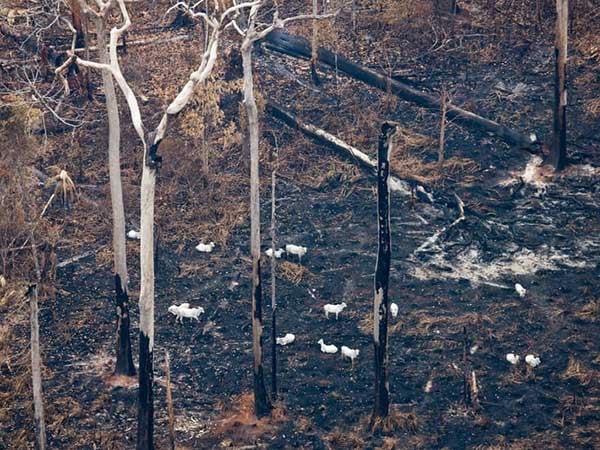
ACT
Raise awareness of the damage left by the fire between the states of Amazonas, Acre and Rondônia.
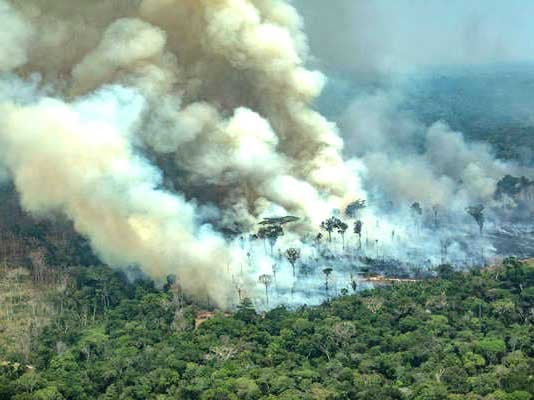
INVESTIGATE
Each year we conduct monitoring overflights of the Amazon region, identifying active outbreaks around and within protected areas.
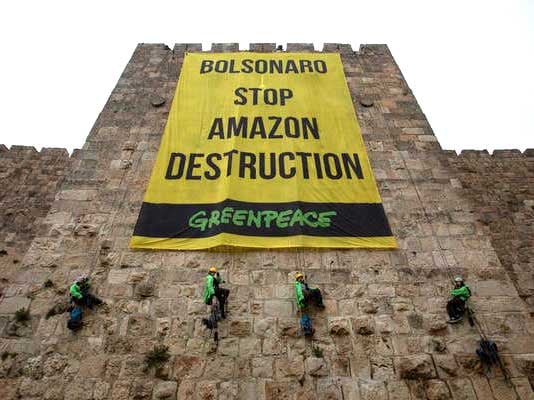
EXPOSE
Tackle destructive policies by pressuring the authorities and denouncing the progress of deforestation.
Why do we need to protect the Amazon?
No matter where you live, the health of the Amazon rainforest affects your life. The forest works as a carbon sink, storing carbon dioxide, preventing it from being released into the atmosphere and contributing to global warming. Deforestation releases the carbon dioxide, fuelling climate change. Around the world, deforestation is responsible for ten to fifteen percent of greenhouse gas emissions.
You can help protect the habitat of endangered Amazonian species
From colorful butterflies to the biggest snakes in the world, the world's biggest rainforest is made up of a mosaic of ecosystems which has an unmatched biological richness. Standing behind the guardians of the forest means not only protecting the beautiful jungle, but also all these animals that are already deeply threatened - some being found nowhere else on Earth.
Let's have a look at which animals a positive action could help save.

Black Bearded Saki
This species is endemic to the north-eastern region of the Amazon, in Brazil, and it is the most endangered primate in the Amazon. It is even extinct in some regions it previously inhabited, the causes being habitat destruction, deforestation or hunting.
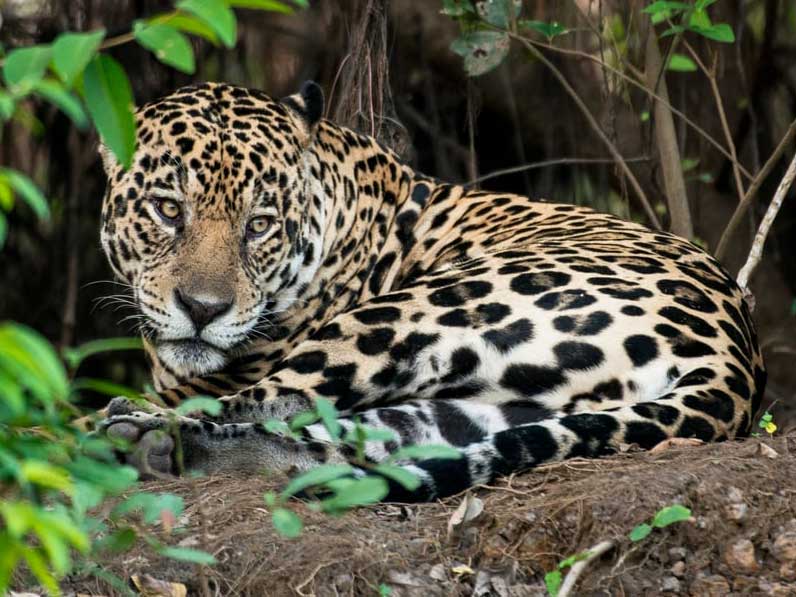
Jaguar
One of largest and fiercest cats in the Americas, its conservation status is nearly threatened. Because of development into its natural habitat, conflicts between the species and human are increasing, threatening the species population.

Poison Dart Frog
This frog's bright color is a warning to predators that it is highly poisonous and unfit to be eaten. The destruction of its habitat has drastically decreased their population, and as a result, one subspecies has become endangered.
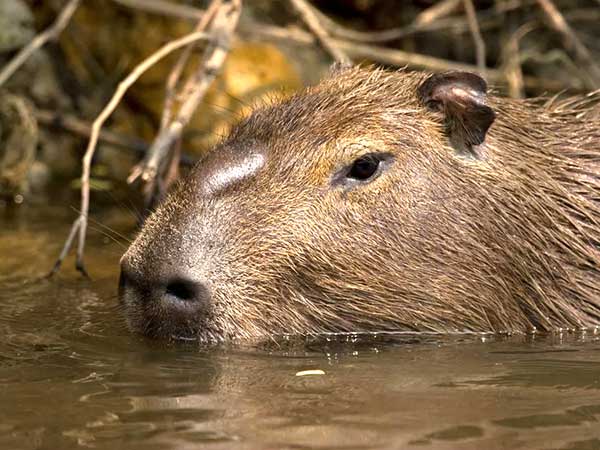
Capybara
The capybara is the largest rodent in the world. Even though the species is listed as least concerned, it is an important source of food for predators like jaguars, which are at risk.
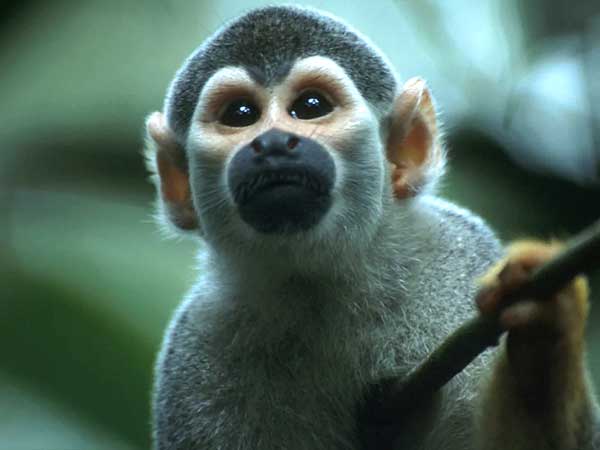
Black Squirrel Monkey
As opposed to the common squirrel monkey, the black squirrel monkey inhabits a highly localised area of the Amazon and is at high risk of extinction due to current logging industry activities.
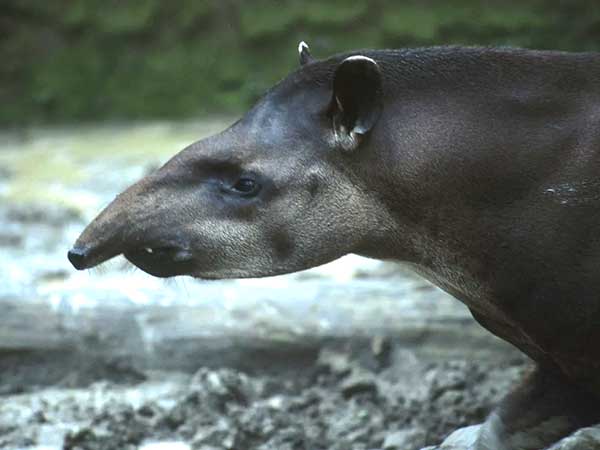
Amazonian Tapir
Cousin of the rhinoceros, the tapir is one of the largest mammals in South America. Deforestation has led to severe loss of habitat, and coupled with their low reproductive rates, the tapir is considered highly vulnerable to extinction.
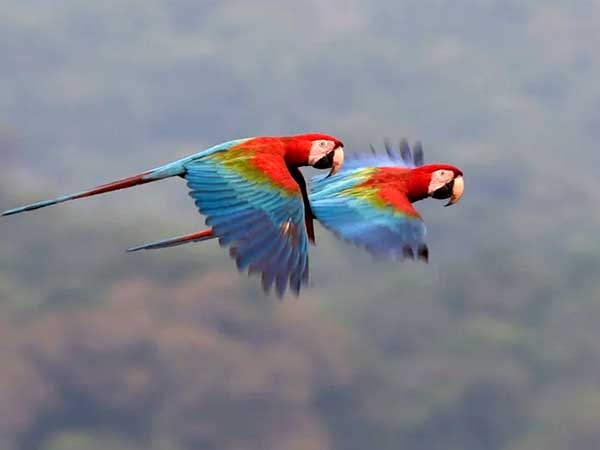
Scarlet Macaw
The macaw is the largest parrot species in the world. Habitat loss due to deforestation, as well as smuggling and trading, is threatening their populations.
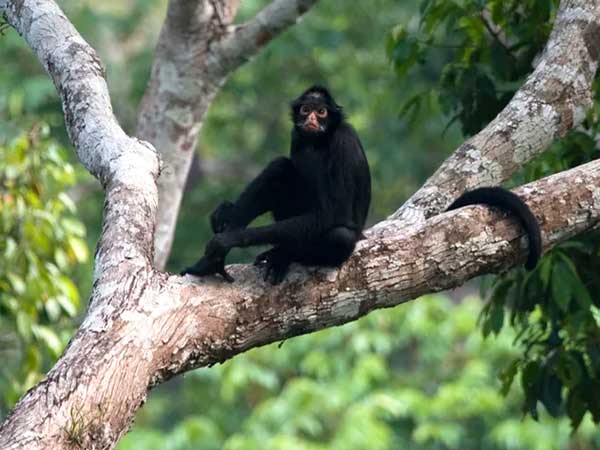
Black Spider Monkey
This monkey is one of the largest primates in South America and considered as vulnerable to extinction, due to hunting and habitat loss.
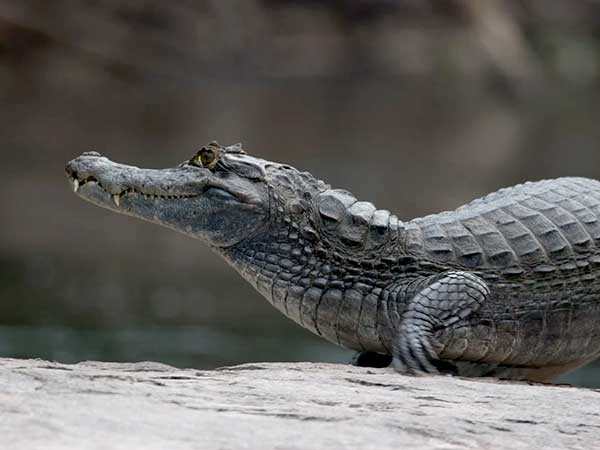
Spectacled Caiman
Found in the Amazon river, these caimans are a keystone species that help regulate certain prey species populations.
Protecting the Amazon is the backbone of our fight against climate change.
Recent Victories
Turned AGL, Australia's biggest climate polluter, green
Last year, Greenpeace, together with a diverse group of people and organisations, took on AGL and won. AGL’s transformation from Australia’s biggest climate polluter to one of Australia’s biggest climate solutions is now underway and has been one of the most dramatic in Australian corporate history.
Pushed big corporates to cut emissions
Early last year, Telco giant Optus become the final major Australian telco to commit to switch to 100% renewable electricity. Together we have pushed 21 major companies from Coles and Woolworths through to Bunnings and Kmart to commit to power their businesses with renewable electricity by 2025.

